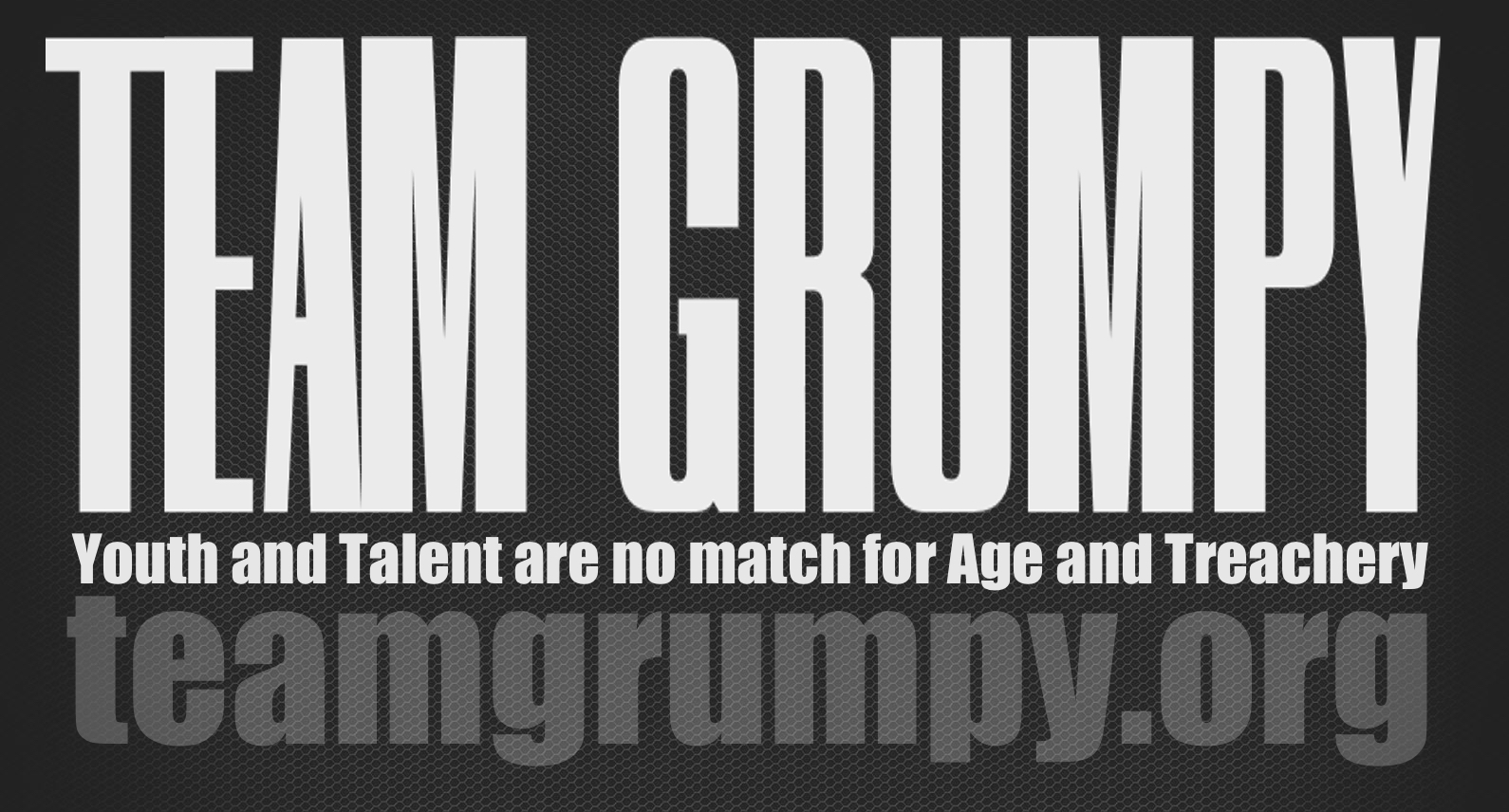Hed H3 wheels are probably Team Grumpy’s go-to wheel - they are pretty close to being indestructable (but not invulnerable) - they aren’t likely to go out of true as there aren’t any spokes to break or lose tension.
In use, I’ve always found them to handle well except in the windiest of conditions (see for example the 2018 edition of the Duo Normand when I ended up using a regular spoked wheel). In comparison to very deep rimmed spoked wheels, they seem to be more of an all-rounder aero wheel for time trialling.

That’s not to say that I haven’t had some issues with Hed H3 wheels that probably reflect quality control. On the other hand, I don’t recall Gerry having had any issues with his H3s other than periodically replacing the bearings.
Sadly H3 trispokes are no longer in the Hed catalogue, thought they do turn up secondhand from time to time. They were only ever made for rim brake use (or track use) and except for some of last variants were designed for what are by today’s standards narrow tyres.
Would I recommend Hed H3s? Probably not, for a number of reasons. Firstly, they are a wheel from a previous era when we raced on narrower tyres; secondly, they are available for rim brakes only; and thirdly, I have had some reliability issues with these wheels (see below for details).
But first, a little background.
Origins
Hed3 trispokes started life as a DuPont product in the early 1990s and badged as Specialized. They were designed with input from Steve Hed, who’s company later picked them up when they were discontinued. Famous users included Graeme Obree.

1998 (from Hed website)
Working with DuPont, HED Cycling Products acquired an unconventional wheel design: a carbon wheel with three aerodynamic foils in the place of traditional spokes. The wheel took on the expertise HED Cycling had become known for, with the three spokes featuring a rounded leading edge, sharp trailing edge to create an unprecedented performance advantage.
From Triathlons to the Tour to fixed gear bikes around the world, this was the beginning of HED’s H3
2005
Hed3D released - essentially a regular H3 with a bonded fairing to create a deeper rim section.
2013
The 2013 Hed catalogue includes H3 and H3D in tubular and clincher for front - the tubular versions look to have carbon braking track. The expectation seems to be that riders would pair these with a rear disc wheel.
2014
In 2014, Hed released a wider rim version anticipating the strong growth in wider rims and tyres, operating at a lower pressure - the GT3 revision.
2015
Dec 2015 saw the release of the Hed3+. These wheels had a deeper and wider rim than standard H3s.
At some stage, Hed released a Hed3 Disc - essentially an H3 rear wheel with the gaps between the three spokes filled with carbon. A quick web search finds a single image of these wheels (I even tried searching the Internet Archive). Presumably this model didn't achieve strong market penetration!
Reliability
In use, and unlike Gerry, I’ve had some trouble over the years with my trispokes.
Issue 1. By the time we rode the 2019 Duo Normand, I was getting a bit concerned with clicking noises emanating from the front H3. I had assumed that these noises were bearing related, but changing the bearings didn’t solve the problem. A bit of investigation confirmed the noises were from the H3, not the frame or fork ends, and that they could only be heard when the wheel was under load. It wasn’t until 2022 that I figured out what the issue was. Somewhat alarmingly, the adhesive fixing the alloy rim to the carbon wheel structure had failed, and the rim was only really held in place by the shape of the wheel rim components. I’ve since had this wheel repaired by Carbon Cycle Solutions (https://carboncyclesolutions.co.uk/) and it’s now a backup wheel. I have seen mention on an internet forum that the adhesive used in the wheel’s construction was only expected to have a lifespan of around 15 years (but I can no longer find that posting).
Issue 2. From purchase, my rear H3 had problems with the rear bearings which were difficult to keep in proper adjustment. I didn’t use the wheel for some time, so when I finally found what the issue was, I wasn’t going to be able to do a warranty claim. This wheel had a sealed bearing on the non-drive side and a more conventional cup and cone bearing on the drive side (it appears to be a Shimano freehub). The drive side bearing had become very pitted as a consequence of the inaccurate adjustment. The problem lay with the sealed non-drive side bearing, which didn’t fit snugly in the hub and allowed a lot of play in the wheel axle. This was sorted by fitting it with Loctite 638 (https://docs.rs-online.com/63b8/0900766b800901e1.pdf), which is designed for such applications.
My usage of Hed trispokes.
I’m currently using a pair of Hed trispokes with my 2009 Cervelo P3C frame. The rear is the wheel with I’ve had considerable problems with the hub (see Issue 2 above). This appears to be sorted now, and the wheel has been running well for a couple of years. The front wheel was sourced through the TT Forum to replace the problematic front H3 (Issue 1 above). Both these wheels are now functioning impeccably.
